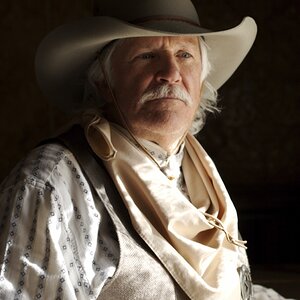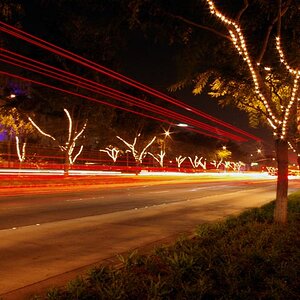VidThreeNorth
No longer a newbie, moving up!
- Joined
- Oct 21, 2016
- Messages
- 1,176
- Reaction score
- 214
- Can others edit my Photos
- Photos NOT OK to edit
I have been wondering about this since the first time I ran across the term. I understand Contrast based auto-focus, but I have no idea what they are referring to in the term "Phase Detect". Phase of what -- the moon? Does anyone know of a good description of what is going on?












![[No title]](/data/xfmg/thumbnail/39/39460-55f4d48e22a9710f377f2a3dee45992e.jpg?1619739039)
